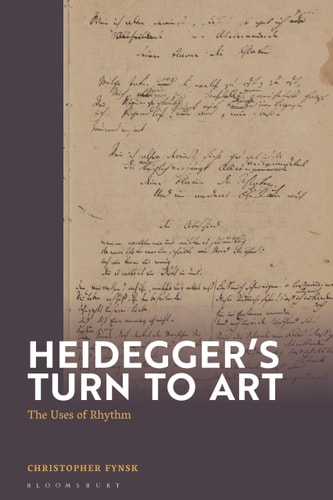

Most ebook files are in PDF format, so you can easily read them using various software such as Foxit Reader or directly on the Google Chrome browser.
Some ebook files are released by publishers in other formats such as .awz, .mobi, .epub, .fb2, etc. You may need to install specific software to read these formats on mobile/PC, such as Calibre.
Please read the tutorial at this link: https://ebookbell.com/faq
We offer FREE conversion to the popular formats you request; however, this may take some time. Therefore, right after payment, please email us, and we will try to provide the service as quickly as possible.
For some exceptional file formats or broken links (if any), please refrain from opening any disputes. Instead, email us first, and we will try to assist within a maximum of 6 hours.
EbookBell Team

4.3
68 reviewsFollowing the development of Heidegger's thoughts on rhythm, this book focuses especially on the critical moment of Heidegger's turn to art in the mid-1930s and his reading of Friedrich Hölderlin's river hymns. This not only allows for a new reading of his monumental essay “The Origin of the Work of Art”, but also a sustained analysis of his engagement with Hölderlin and Aristotle. Importantly, it further reveals the centrality of rhythm to Heidegger's thought and its relation to his other ideas. Indeed Fynsk connects rhythm to Heidegger's theorization of usage, “der Brauch”, and in turn the role of usage to his reflections on the relation between being and human being.
Drawing on a wide range of art, from cave paintings to Francis Bacon, this is a significant and insightful study of the ontology of rhythm in Heidegger and beyond.